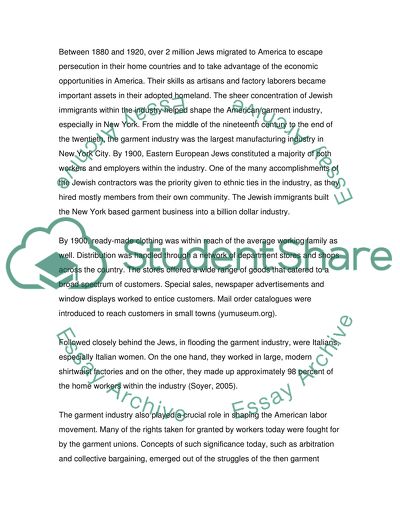Cite this document
(The wholesale clothing Industry in the US Coursework, n.d.)
The wholesale clothing Industry in the US Coursework. https://studentshare.org/design-technology/1505804-the-wholesale-clothing-industry-in-the-us
The wholesale clothing Industry in the US Coursework. https://studentshare.org/design-technology/1505804-the-wholesale-clothing-industry-in-the-us
(The Wholesale Clothing Industry in the US Coursework)
The Wholesale Clothing Industry in the US Coursework. https://studentshare.org/design-technology/1505804-the-wholesale-clothing-industry-in-the-us.
The Wholesale Clothing Industry in the US Coursework. https://studentshare.org/design-technology/1505804-the-wholesale-clothing-industry-in-the-us.
“The Wholesale Clothing Industry in the US Coursework”. https://studentshare.org/design-technology/1505804-the-wholesale-clothing-industry-in-the-us.


